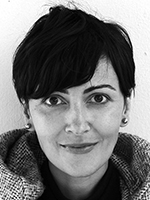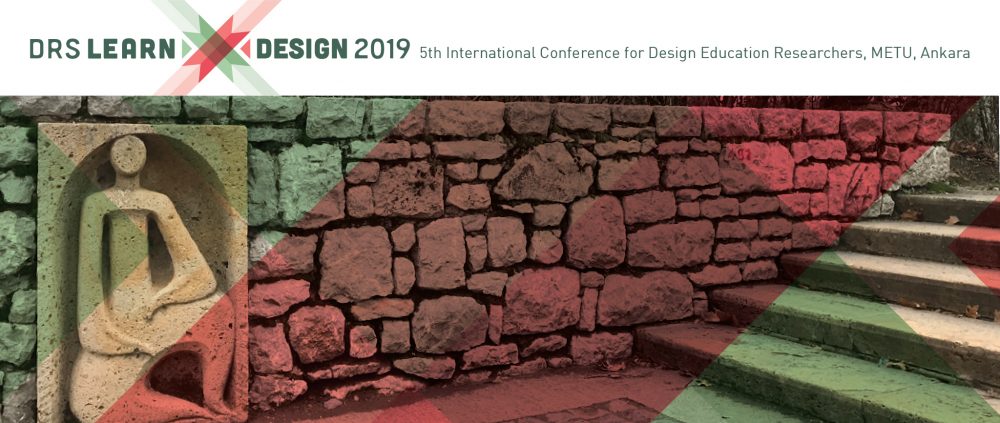Track 17. DESIGN MATERIALIZATION
Co-chairs



Owain Pedgley, Professor, Department of Industrial Design, Middle East Technical University, Turkey.
Elvin Karana, Associate Professor, Faculty of Industrial Design Engineering, TUDelft, Netherlands.
Valentina Rognoli, Assistant Professor, Department of Design, Politecnico di Milano, Italy.
The transition from ideas and concepts held in the designer’s mind or on paper into physically achievable artefacts describes a process of ‘materialization’. The prevailing approach to materialization has been a staged and rather engineering-dominated process, involving material elimination and selection using material database metrics allied to material family knowledge. Design educators have often complied with this approach for lack of resources or methods defining alternative ways of teaching and learning materials. The currently developing situation is rather different and more exciting. Materials of today are more dynamic, expressive and adaptable than ever. They make us think, feel, and act in complex ways. Research and case studies on ‘materials experience’ have grown significantly in recent years. Broadly, this body of work is (a) defining how the practices of material ‘selection’ are evolving into more complex and active events during material ‘creation’ and ‘appropriation’, and (b) establishing the knowledge and skills needed to use materials as an influencer of people’s experiences of the designed world. Materialization crucially attends not only to performative but also experiential requirements of artefacts. Introducing design students to this duality and defining confident, creative, engaging and effective ways for its teaching and learning is a major responsibility and challenge for design educators. Traditional approaches no longer adequately deliver.
This track invites contributions from educators using, adapting or creating contemporary methods to teach materials and design. Industrial, product and fashion design perspectives are obvious candidates, but submissions are also encouraged from interaction design perspectives, concerned with the physicality of user interfaces, as well as educational practices within interior design, architecture and the built environment. Of particular interest are submissions focused on teaching and learning of NEU (new, emerging, unusual) and ICS (interactive, connected, smart) materials, especially when exemplified through student projects and coursework. The track would like to explore, but is not limited to, the following topics:
- Material driven design projects
- The material studio versus the material lecture
- Integrating fab-labs and 3D printing in design curricula
- Relevance of ‘making’ and ‘workshops’ in contemporary design education
- DIY materials, material tinkering and material design
- Active learning for materials and design
- Educational exercises to learn materials and design
- Tools and methods for acquiring materials experience
- Material resources for design students
- Materialization in the absence of materials
Bibliography
Ashby, M., & Johnson, K. (2002). Materials and Design: The Art and Science of Materials Selection in Product Design. Oxford: Butterworth-Heinmann.
Fisher, T. (2004). What we touch, touches us: materials, affects, and affordances. Design Issues, 20(4), 20-31.
Itten, J. (1963). Design and Form. New York: Van Nostrand Reinhold.
Pedgley, O., Rognoli, V., & Karana, E. (2016). Materials experience as a foundation for materials and design education. International Journal of Technology and Design Education, 26(4), 613-630.
Schifferstein, H., & Hekkert, P. (Eds.) (2008). Product Experience. Amsterdam: Elsevier.
